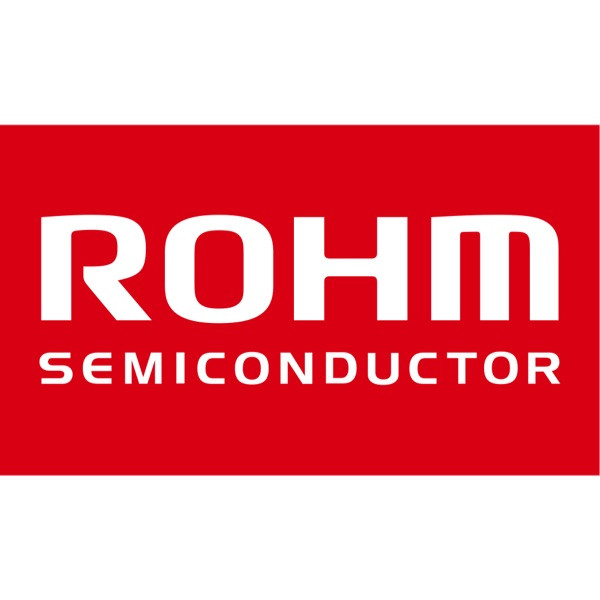SiC MOSFETs offer efficient on-board charging of luxury EV
10-03-2022 | ROHM Semiconductor | Automotive & Transport
ROHM Semiconductor has announced that Lucid is using its SiC MOSFET in the ground-breaking Lucid Air. The Wunderbox, the main on-board charging unit in the Lucid Air, combines a DC-DC converter and the Bi-directional OBC, where an advanced power factor correction circuit is able to operate at high switching frequencies due to the superior performance of the SiC MOSFET. The enhanced performance at high frequency and high temperature of ROHM's SCT3040K and SCT3080K SiC MOSFETs have helped Lucid to decrease the size of the design, and to lower power losses, which results in high charging efficiency.
The Lucid Air was named the 2022 MotorTrend Car of the Year. An independent article in InsideEVs confirmed the its charging capabilities. When connected to DC fast chargers, they found it took approximately 22 minutes to provide a charge which enables select models to cover 300 miles. The SiC MOSFET switched OBC can provide up to 19.2kW AC charging, adding up to 80 miles of range per hour.
"It was important for Lucid to form strategic alignments with key EV power device suppliers to ensure our future success. ROHM is one of the world's leading suppliers of SiC technology, with strong technical support. We were impressed with ROHM’s strategic investments to increase the production capacity of SiC products, and its development of next generation technologies,” said Eric Bach, senior vice president of product and chief engineer, Lucid Group. “Lucid values the close collaborative relationship with ROHM in this work.”
Added Kazuhide Ino, ROHM's managing executive officer, CSO and director of accounting and finance headquarters: "We are excited to help Lucid develop systems for electric vehicles that maximize the potential of ROHM's SiC MOSFETs. ROHM will continue to strengthen its SiC device lineup, delivering power solutions - such as the charging systems featured in the Lucid Air - that contribute to technological innovation in next-generation automobiles. New products soon to be added, include gate driver ICs that maximize device performance."


